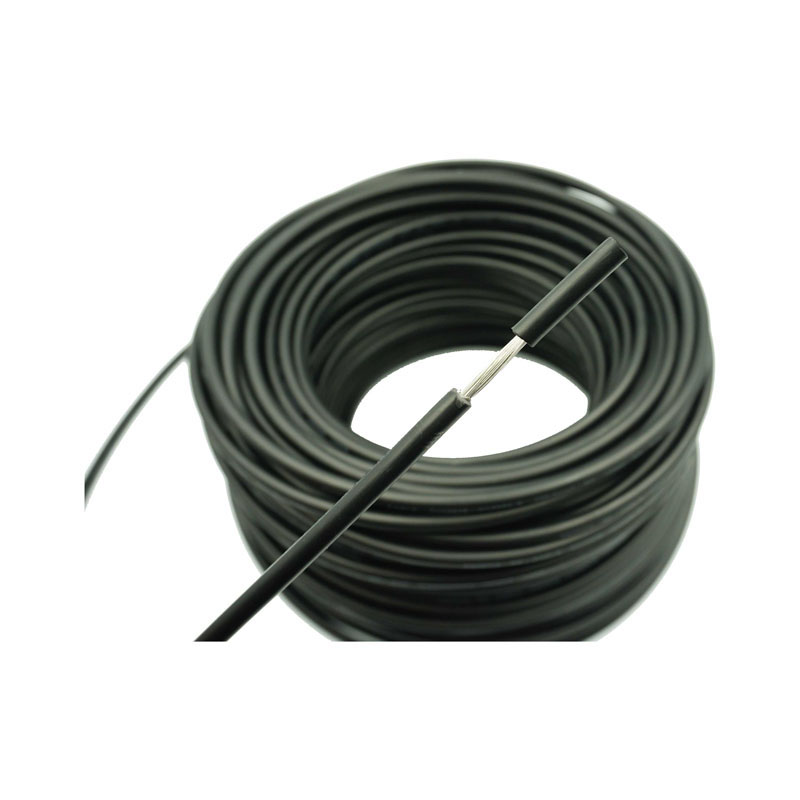Exploring the Construction and Diverse Applications of Coaxial Cables in Modern Industries
2024-03-05
Introduction:
Coaxial cables represent a cornerstone technology in modern communication and data transmission systems. Renowned for their robust construction and efficient signal transmission capabilities, coaxial cables play a vital role in various industries. In this comprehensive exploration, we delve into the intricate construction of coaxial cables and illuminate their wide-ranging applications across different sectors.
Anatomy of Coaxial Cables:
At its core, a coaxial cable comprises multiple layers meticulously designed to facilitate optimal signal transmission and shield against external interference. The primary components of a coaxial cable include:
1. Inner Conductor: Positioned at the center of the cable, the inner conductor typically consists of a solid or stranded copper wire. It serves as the medium through which electrical signals are transmitted.
2. Dielectric Material: Surrounding the inner conductor is the dielectric layer, composed of insulating material such as polyethylene or foam. The dielectric material maintains the integrity of the electrical signal by preventing signal loss or distortion.
3. Shielding: A crucial feature of coaxial cables is their shielding mechanism, which protects the inner conductor from external electromagnetic interference. The shielding layer may consist of metallic foil, braided wire, or a combination of both, providing superior signal integrity and noise reduction.
4. Outer Jacket: The outermost layer of the coaxial cable is the protective jacket, typically made of durable materials like PVC or polyethylene. The jacket shields the cable from physical damage, moisture, and environmental factors, ensuring long-term reliability and performance.
Applications of Coaxial Cables:
The versatility and reliability of coaxial cables make them indispensable across a wide spectrum of industries and applications. Some prominent uses of coaxial cables include:
1. Telecommunications: Coaxial cables serve as the backbone of telecommunications networks, facilitating high-speed data transmission for cable television, internet services, and telephony systems.
2. Broadcast and Entertainment: In the broadcast industry, coaxial cables are utilized to transmit audio, video, and data signals between broadcasting equipment, satellite dishes, and television studios. They also enable the distribution of cable television signals to households worldwide.
3. Networking and Data Centers: Coaxial cables play a crucial role in local area networks (LANs) and data center infrastructure, connecting computers, servers, and networking devices to facilitate seamless data exchange and communication.
4. Surveillance and Security: Coaxial cables are commonly employed in surveillance systems and security cameras to transmit high-definition video feeds over long distances with minimal signal degradation.
5. Aerospace and Defense: In aerospace and defense applications, coaxial cables are utilized for radar systems, military communications, and electronic warfare equipment, providing reliable signal transmission in demanding environments.
Conclusion:
Coaxial cables represent a pinnacle of engineering innovation, offering unparalleled signal transmission capabilities and robust construction for a myriad of applications. From powering global telecommunications networks to enabling high-definition video surveillance, coaxial cables continue to shape the landscape of modern technology and communication. By understanding the intricate construction and diverse applications of coaxial cables, industries can harness the full potential of this foundational technology to drive innovation and efficiency in their operations.



